Hahoe Matjip (하회맛집)
15.4Km 2021-03-22
214-6, Jeonseo-ro, Andong-si, Gyeongsangbuk-do
+82-54-853-3776
This place sells Andong's representative food. This Korean dishes restaurant is located in Hahoe Village, Gyeongsangbuk-do. The representative menu is Andong braised chicken.
Andong Jip (안동집)
15.4Km 2021-03-23
214-6, Jeonseo-ro, Andong-si, Gyeongsangbuk-do
+82-54-843-0054
It is a place where you can have a meal in Ondol, a traditional Korean house styles. This restaurant's signature menu is set menu with grilled salted mackerel. This Korean dishes restaurant is located in Andong-si, Gyeongsangbuk-do.
Cheonggiwa Minsok Sikdang (청기와민속식당)
15.4Km 2021-03-24
214-6, Jeonseo-ro, Andong-si, Gyeongsangbuk-do
+82-54-852-8361
It is a restaurant that sells delicious Jjimdak (steamed chicken) and seafood pancake. This Korean dishes restaurant is located in Andong-si, Gyeongsangbuk-do. The most famous menu is Andong braised chicken.
Ihwa Sikdang (이화식당)
15.4Km 2021-03-24
214-6, Jeonseo-ro, Andong-si, Gyeongsangbuk-do
+82-54-842-3456
This Andong Jjimdak restaurant is located near Hahoe Village. This Korean dishes restaurant is located in Andong-si, Gyeongsangbuk-do. The most famous menu is andong braised chicken.
Bune Sikdang (부네식당)
15.4Km 2021-03-24
214-6, Jeonseo-ro, Andong-si, Gyeongsangbuk-do
+82-54-821-2738
This is a place where you can enjoy Andong Jjimdak, the representative dish of Andong. The best menu at this restaurant is bibimbap. This Korean dishes restaurant is located in Andong-si, Gyeongsangbuk-do.
Hahoe Minsok Sikdang (하회민속식당)
15.4Km 2021-03-24
214-6, Jeonseo-ro, Andong-si, Gyeongsangbuk-do
+82-54-853-0521
This is a place where you can enjoy Andong steamed chicken and grilled mackerel, the representative foods of Andong. This Korean dishes restaurant is located in Andong-si, Gyeongsangbuk-do. The most famous menu is Andong braised chicken.
Andong Gunja Village (Ocheon Historic Site) (안동 군자마을(오천유적지))
15.5Km 2024-10-24
29 Gunjari-gil, Waryong-myeon, Andong-si, Gyeongsangbuk-do
+82-54-852-5414
Andong Gunja Village is a cluster of around twenty hanok. During the Joseon dynasty, this area produced many scholars, hence earning the name Gunja Village, meaning a village where many learned scholars reside. Designated cultural heritage sites include Takcheongjeong Historic House, and Shrine of the Gwangsan Kim Clan. Visitors can experience hanok stay, immersing themselves in the ambiance of historic houses and traditional customs.
Andong Gunja Village (안동 군자마을)
15.5Km 2024-02-23
29 Gunjari-gil, Waryong-myeon, Andong-si, Gyeongsangbuk-do
Andong Gunja Village, established 600 years ago, was relocated 2 kilometers from its original site due to submergence during the construction of Andong Dam. The village's tradtional houses and pavilions were meticulously moved to preserve their historic value. Known as Gunja Village, it derives its name from a remark by the Joseon-era civil servant Jeong Gu, who noted, "There is no one in the village who is not a Gunja (gentleman)". The village is home to over 20 ancient houses, including the Hujodang Head House and Takcheongjeong Pavilion, maintained in their original state. Moreover, the village archives over 1,000 documents detailing adoption, property ownership, and labor distribution.
Oryuheon House (오류헌)
15.6Km 2024-12-19
18-15 , Gireumaje-gil, Andong-si, Gyeongsangbuk-do
+82-54-822-2704
Oryuheon, near Lake Imha in Andong, Gyeongsangbuk-do, is a 400-year-old Joseon period house and a national folk cultural asset. The delicate window and screen muntins and parquet floors in the sarangchae (men’s quarters) and daemunchae (gate house) exemplify the magnificence of yangban houses of the 1600s. The guestroom is in an annex building and consists of a large sleeping room, a daecheongmaru living room, and a bathroom/toilet. Cooking is not allowed, but a free Korean breakfast is provided, and barbecues can also be arranged. Nearby are Imhaho Water Leisure Camp, Manhyujeong Pavilion, and Hahoe Village.
Ilmi Sikdang (일미식당)
15.6Km 2021-03-24
1672, Jipung-ro, Andong-si, Gyeongsangbuk-do
+82-54-853-2490
This is a place that is visited frequently by Andong citizens. This Chinese (cuisine) restaurant is located in Andong-si, Gyeongsangbuk-do. The most famous menu is noodles in black bean sauce.
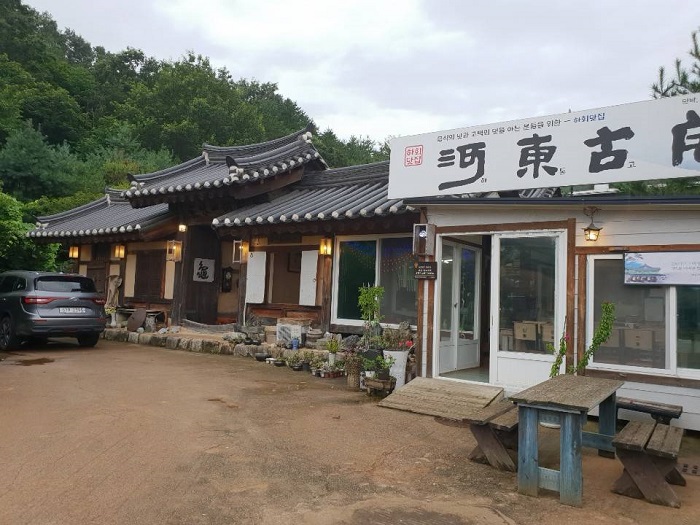
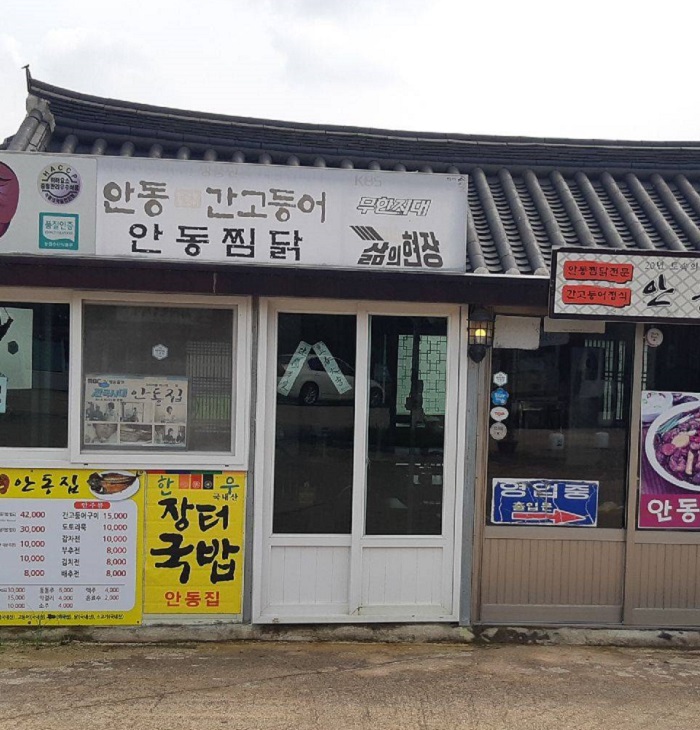
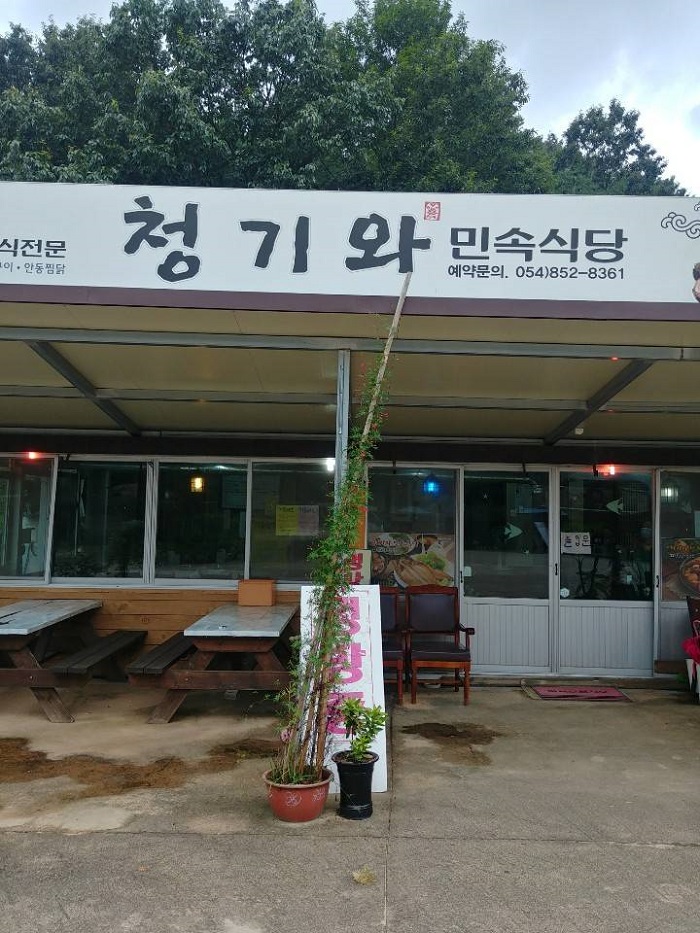
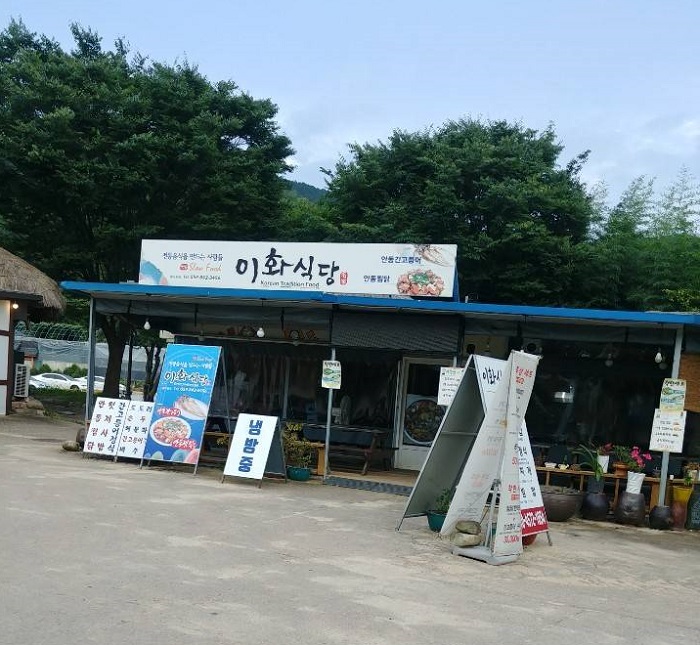
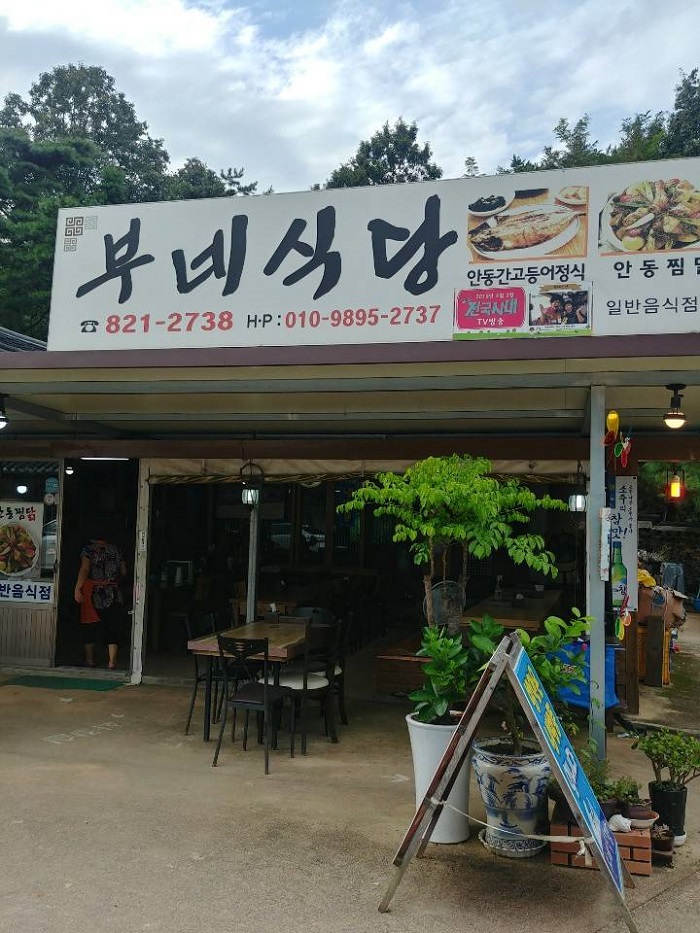
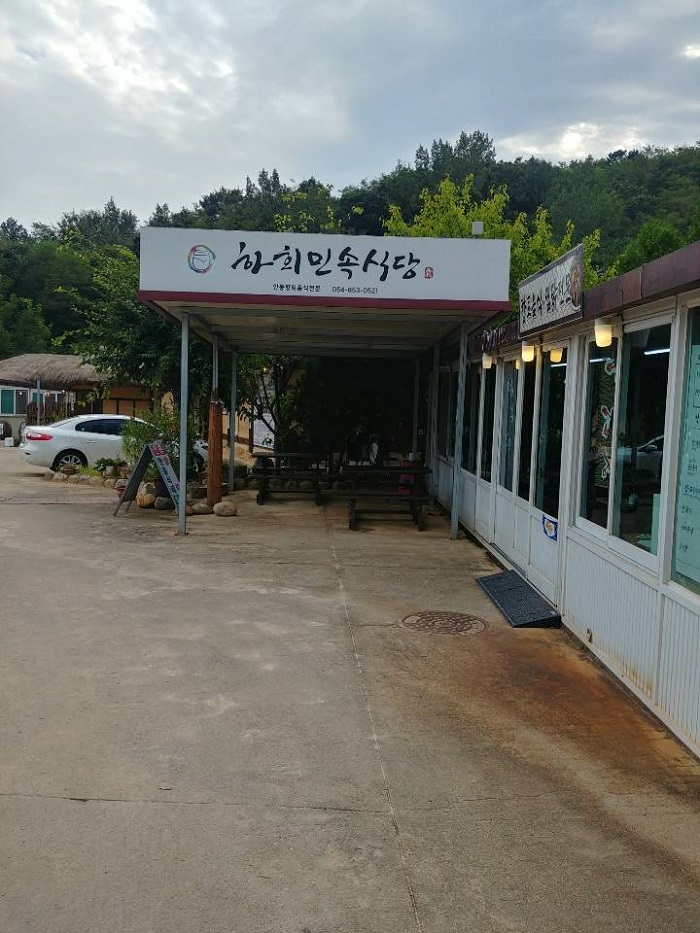
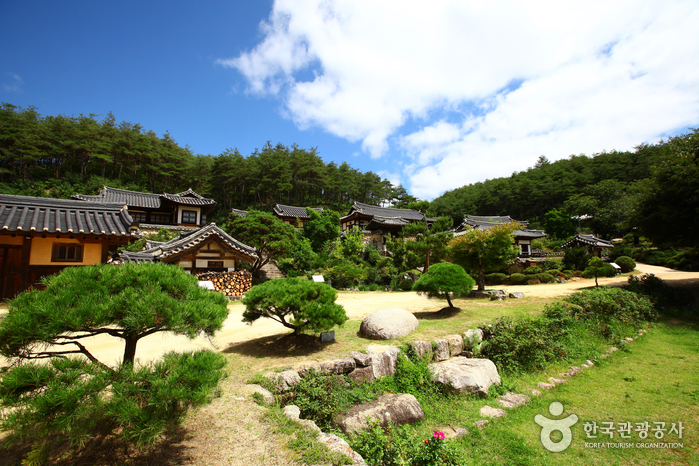
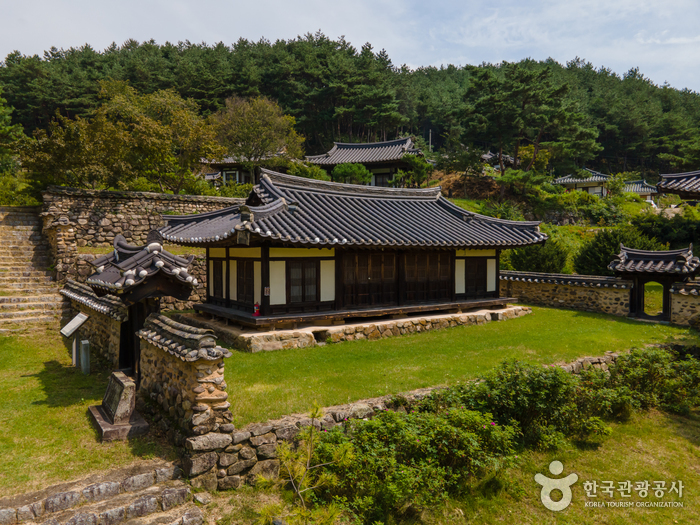
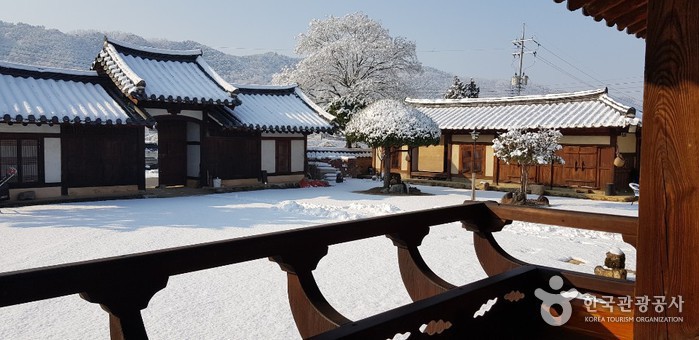
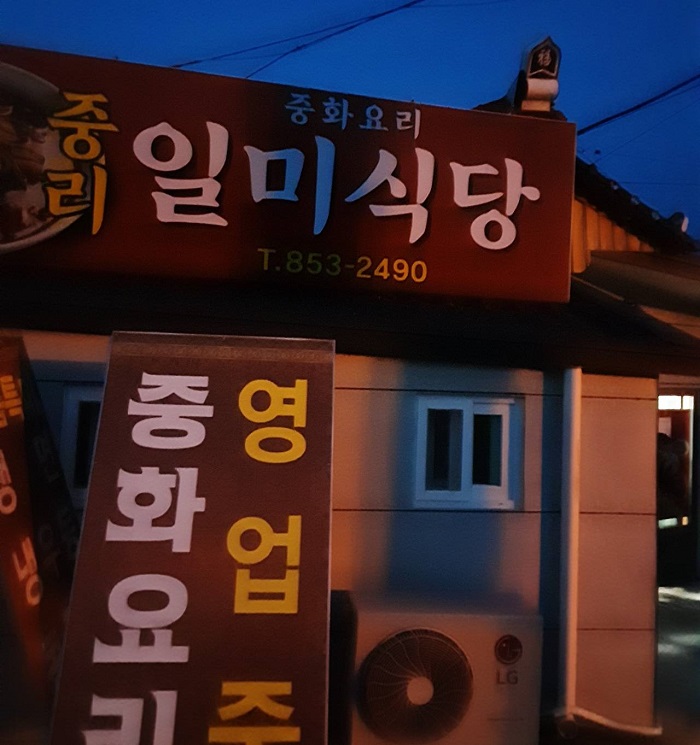
 English
English
 한국어
한국어 日本語
日本語 中文(简体)
中文(简体) Deutsch
Deutsch Français
Français Español
Español Русский
Русский